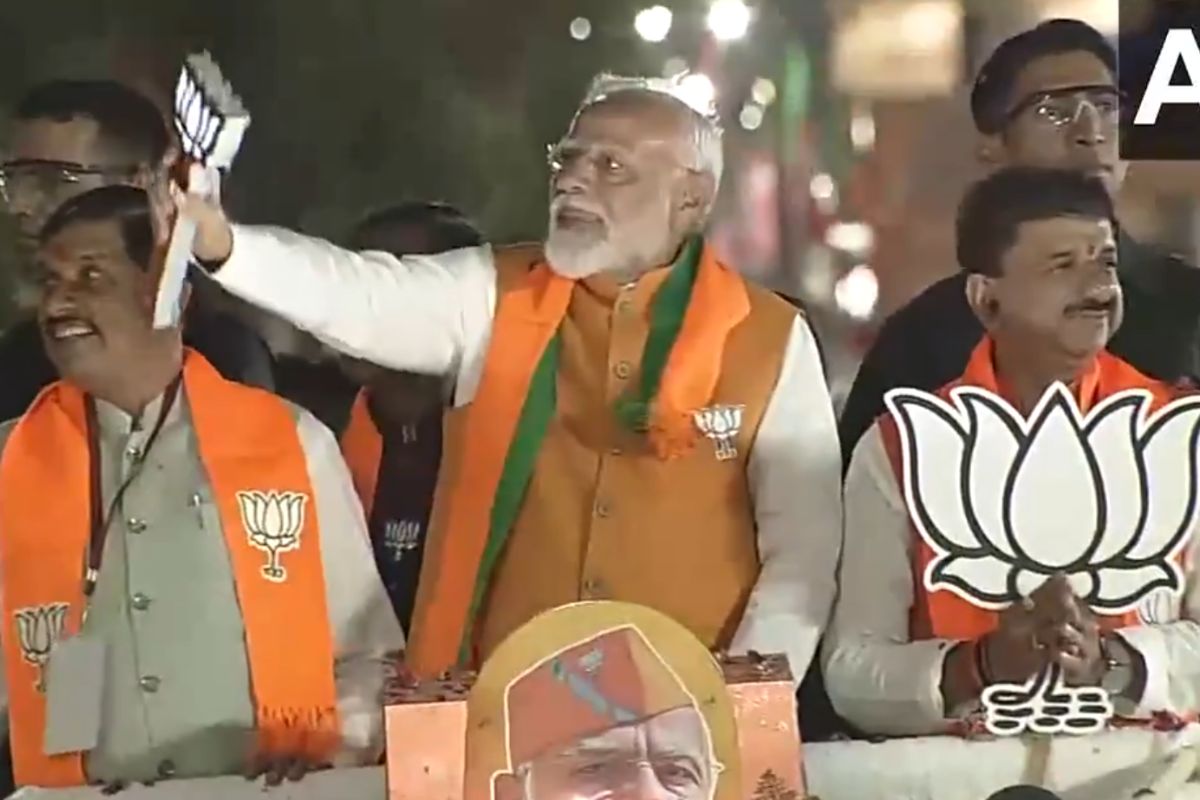In the parliamentary elections, Prime Minister Narendra Modi’s Bharatiya Janata Party faced a significant setback and failed to get a decisive mandate primarily because it lost over a third of the rural constituencies it won in 2019. This loss reflects a broader discontent in India’s countryside, where economic issues such as unemployment and inflation have taken a heavy toll. The outcome of this election serves as a stark reminder that rapid and impressive national growth metrics can mask deep-seated regional disparities and localised hardships.
The BJP’s performance in rural areas is particularly noteworthy given Mr Modi’s campaign, which highlighted his track record of economic growth and social welfare programmes. However, the allure of these broad national achievements and ideological appeals appears to have waned in the face of everyday economic realities that rural voters confront. Despite India’s status as one of the fastest-growing economies globally, this growth has been uneven and has failed to translate into tangible benefits for many in the rural heartlands. Rural India, home to 60 per cent of the country’s population, has seen a worrying trend of declining incomes and rising living costs. Families that once relied on agriculture and small-scale industries are struggling to make ends meet, with incomes reportedly halving in recent years. This economic distress is exacerbated by an acute shortage of jobs, a problem that has been worsening.
The unemployment rate has climbed from 6 per cent before the Covid-19 pandemic to 8.1 per cent in April, reflecting the broader economic malaise that has particularly impacted rural India. The BJP’s electoral strategy might have overlooked the depth of this rural distress. Confidence in urban strongholds and a focus on nationalistic rhetoric did not resonate sufficiently with rural voters, who were more concerned with immediate economic issues such as employment, inflation, and income disparity. Mr Modi’s government did not make any major announcements targeting rural upliftment in its interim budget, which may have been a strategic miscalculation. The lack of specific measures to address rural economic challenges left a vacuum that opposition parties successfully exploited. The decline in the BJP’s rural vote share and the shrinking margins of victory in the constituencies it retained indicate a significant shift in voter sentiment.
The BJP’s average margin of victory fell from 22.9 per cent in 2019 to 15.6 per cent, underscoring the growing dissatisfaction. While the BJP managed to hold on to most of its urban seats, the rural losses were substantial enough to cost the party a majority in Parliament, forcing it to rely on regional allies. This electoral outcome is a clear message from rural India: economic growth must be inclusive. It is not enough for the national economy to flourish if vast swathes of the population are left behind.












